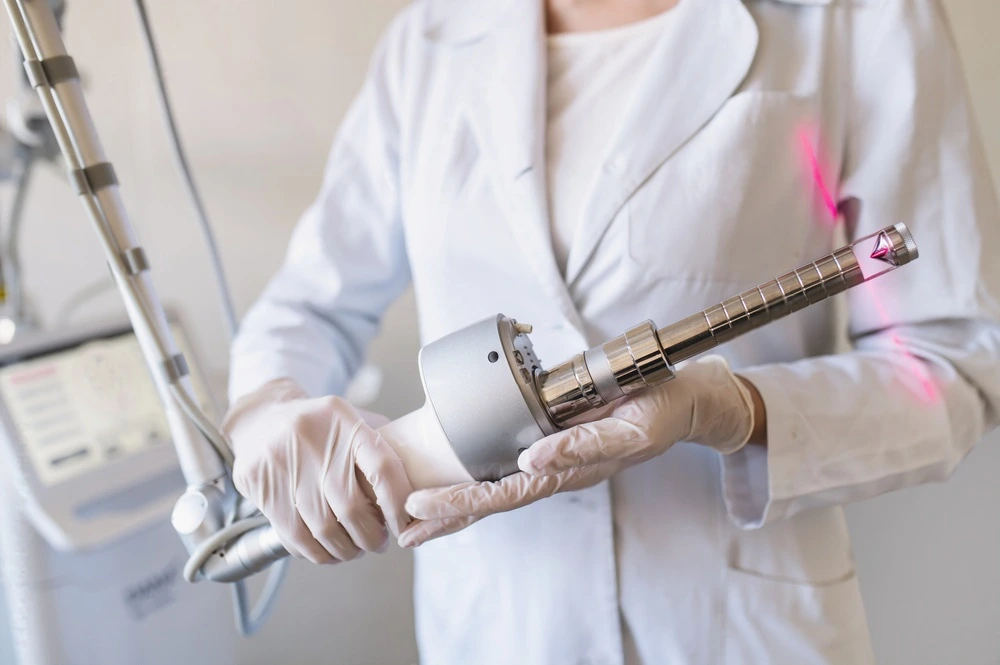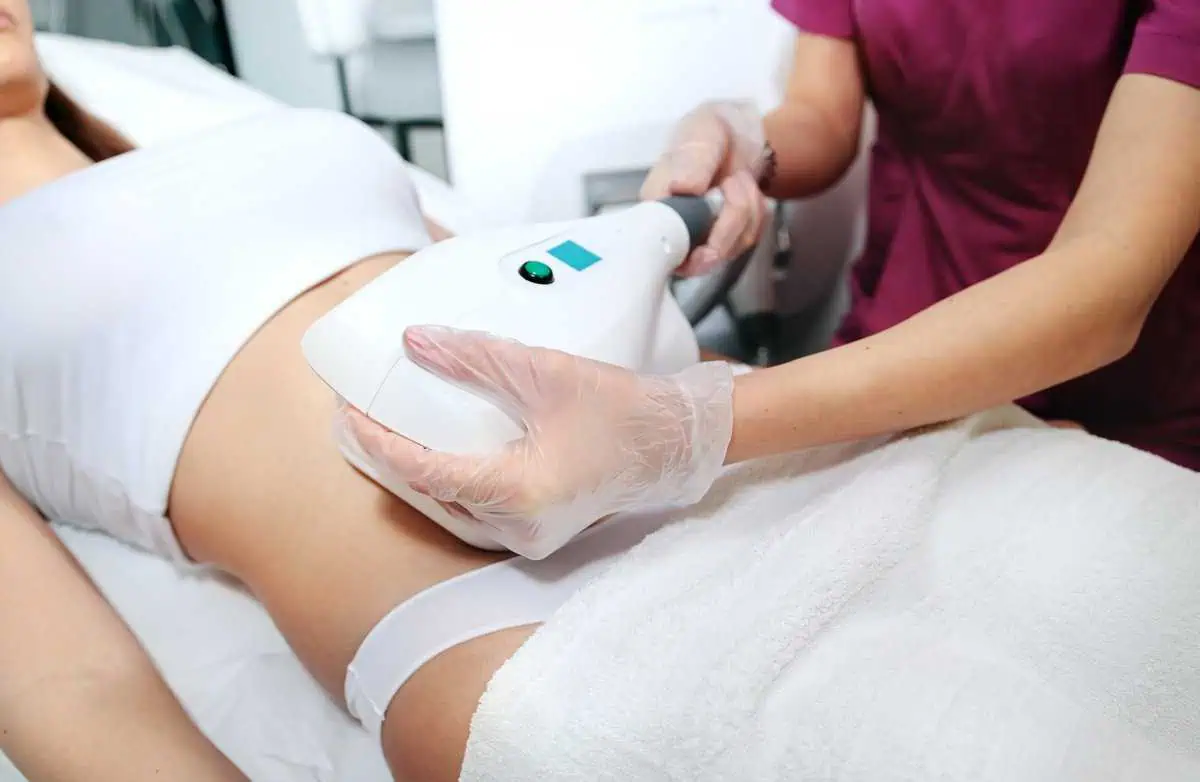Perineoplasty, Vaginoplasty, and Vaginal Rejuvenation (Vaginal Tightening) – Omaha, NE
Vaginal Rejuvenation is a wastebasket term that can mean whatever you wish it to. “Vaginal Rejuvenation.” What’s not to like?! In reality, as the term was originally defined in the early 2000’s by Dr. David Matlock, one of the fathers of female genital plastic and cosmetic surgery, the term referred to a surgical reconstructive tightening of the vagina, using a CO2 laser as a cutting tool, much like a scalpel or radiofrequency needle, with which to precisely perform surgical incisions. It did not refer to the use of either laser or radiofrequency (“RF”) to supposedly tighten the internal vagina or vaginal opening (doesn’t work!). The procedure included a vaginoplasty as well as a perineoplasty procedure, designed specifically to surgically both tighten the vaginal barrel and raise up and re-build the vaginal opening and perineum, as well as aesthetically reconstruct the vaginal opening. What is a Perineoplasty? Again, surgical reality can differ amongst different surgeons. In my practice, a perineoplasty is designed to first totally remove all the gritty, adynamic (meaning it cannot stretch and snap back) non-muscular scar tissue from childbirth lacerations and episiotomy repairs from under the skin of the outer vagina, vulvar vestibule and perineum and reaching laterally with several strong, very slowly-dissolving sutures to bring the bulbocavernosis, bulbospongiosis, transverse perinealis and peri-anal musculature together in the midline to fill the defect produced by removing scar tissue and fully re-build and lift the perineum to produce a new perineal body and provide strong firm support. This is called a perineorrhaphy, an integral part of a perineoplasty procedure. The other integral part of a perineoplasty is the aesthetic re-building of the vaginal opening. Part and parcel of a perineoplasty is to remove the tissue between ~ 4 and 8 o’clock (if you are looking at the vaginal opening as a clock face), including removal of local scaring, prolapsed polyp-like hymenal tags, and prolapsed vaginal skin at the opening. In my hands, the opening is then carefully re-constructed using plastic surgery techniques so that it appears much more like its pre-baby (vaginal delivery) appearance.






